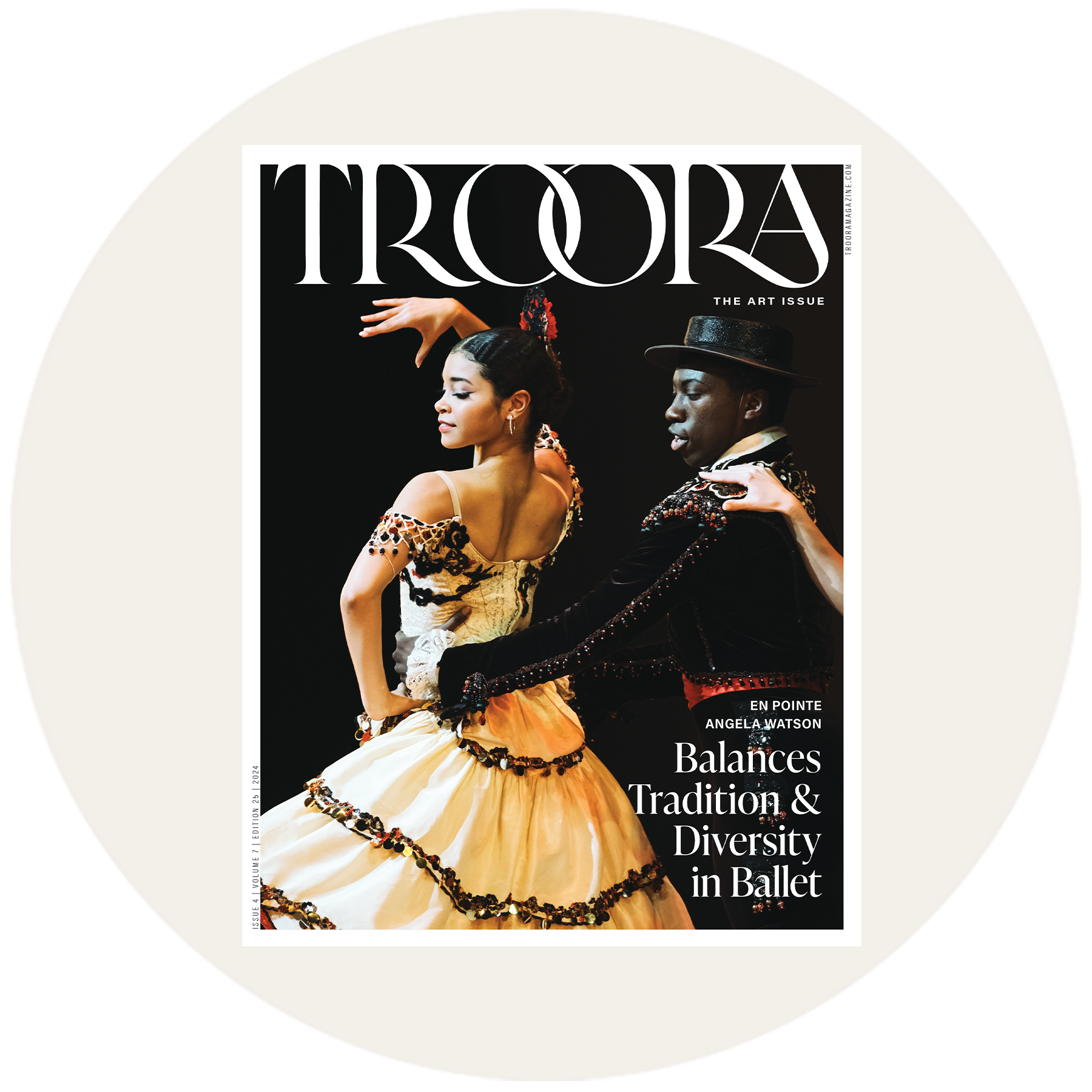Shudu was designed to be in her mid- to late-20s and from South Africa. Her name, popular with the Ndebele people of that country, was chosen by an early follower from the area who messaged Wilson to congratulate him on his realistic portrayal.
Shudu, “the world’s first digital supermodel,” a character by visual artist Cameron-James Wilson Currently has 146k followers on Instagram—impressive for an account that only has 31 posts to date and…oh right, doesn’t feature a real person.
But Shudu presents as a dark-skinned woman, and her creator, Wilson, a former photographer who has shot with models such as Gigi Hadid, is a 28-year-old man from the U.K.
Since he came forward in February 2018 as Shudu’s creator, Wilson has received understandable backlash over his account. The press has criticized him for the ideas that Shudu could take away work from real models of color, that she’s a way to work with black women without “working with” black women, and that it’s wrong in the first place for him, a white man, to represent a black woman online or to profit from her.
Speaking to Cosmopolitan.com, Wilson admitted that there were problems in the way he initially represented Shudu, including peppering her posts with culturally appropriative hashtags he originally used to boost her following.





